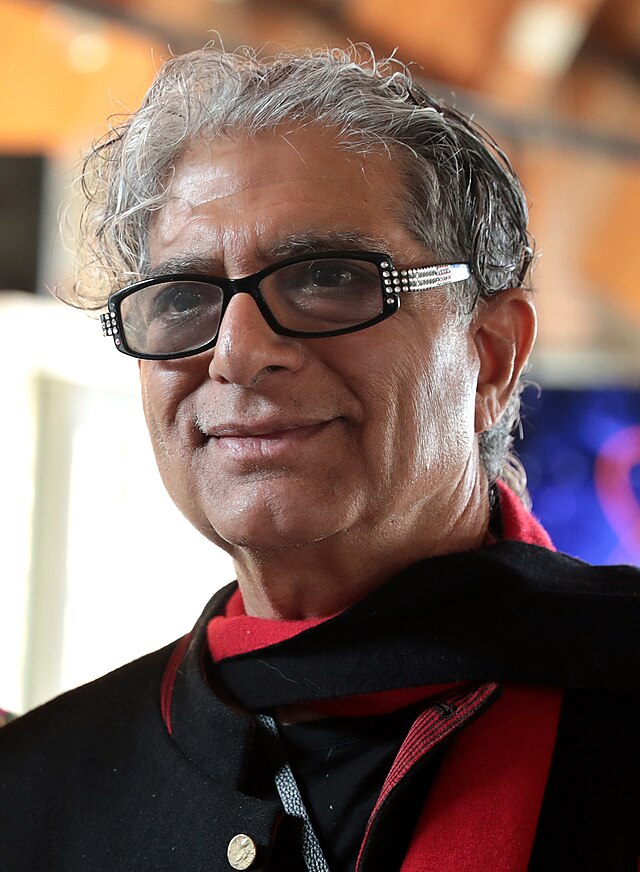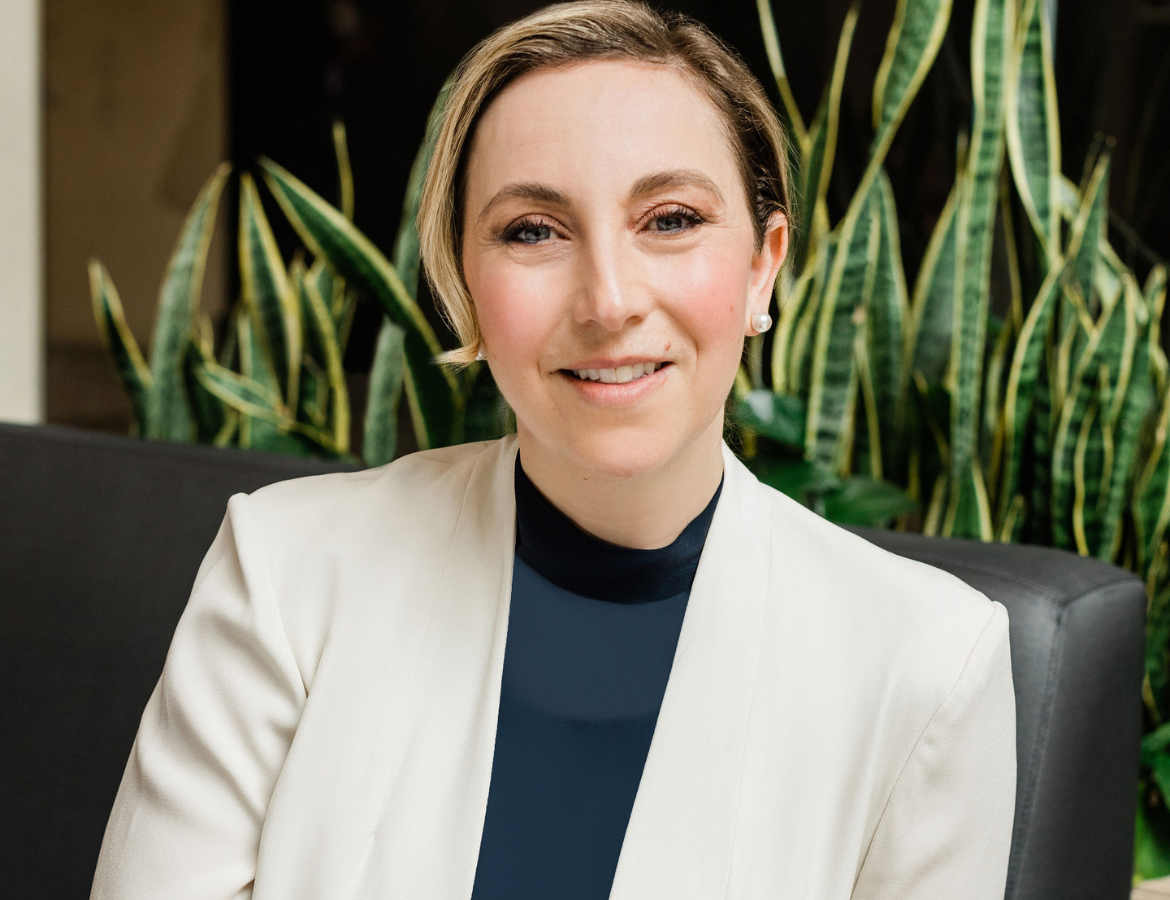The Human Resources Professionals Association (HRPA) has laid out a blueprint for the future of the association — and the profession itself — as it evolves over the next four years.
Vision 2027 is designed to guide the Ontario-based association in serving its 24,000 members, identifying its mission, values, strategic pillars, priorities and goals.
At the heart of Vision 2027 is a commitment to equip HR professionals with the tools and knowledge needed to thrive in an ever-changing landscape, said Jodi Kovitz, CEO of the HRPA.
“If we can enable these incredible HR professionals, part of our membership and community, to thrive themselves and prosper, then they can bring that back to their teams, prepare their teams and companies for future work,” Kovitz told HR News Canada on the floor of its Annual HR Law Conference in Toronto on May 29.
Strategic priorities
The first pillar, Relevance & Impact, underscores the importance of keeping HRPA’s programming and education relevant to contemporary challenges.
Kovitz highlighted the need to provide practical, how-to resources that are timely and pertinent.
“We just shared an AI policy-building tool because while lots of large companies have the resources to have generative AI teams, most companies in this country can’t afford it and don’t even know where to start,” she said.
This initiative reflects HRPA’s commitment to democratizing access to critical tools and knowledge, said Kovitz.
The second pillar, Value & Growth, aims to enhance member experience and expand HRPA’s reach. The organization is focused on providing more value for the member dollar and delivering a “wow” experience, she said.
Kovitz draws inspiration from global brands known for their exceptional service, such as Disney, and is keen on instilling a culture of delight and excellence within HRPA.
“How do we put that into the HRPA experience and also, of course, we have to make sure as a regulator that we are upholding the highest standards,” she said.
Navigating challenges and opportunities
HRPA’s strategic plan is not just about growth but also about maintaining financial health and operational excellence. The third pillar, HRPA Innovation & Health, focuses on ensuring the financial sustainability of the organization.
The COVID-19 pandemic posed significant challenges, particularly with the loss of revenue from live events. However, HRPA has turned this around and is now in a position to invest in future growth, she said. That includes a target of boosting its membership base by 30 per cent — reaching about 30,000 professionals, she said.
She also pointed to recent micro conferences HRPA has conducted that have been attended by more than 7,000 members at no additional cost.
“Historically, when they had to pay, there were maybe 100 people at those events,” she said.
This shift underscores the HRPA’s commitment to providing relevant, timely information and recognizing that members “need and deserve to have some of that included in their membership,” said Kovitz.

But the premium marquee events, like the law conference, aren’t disappearing. On Friday, the HRPA announced that Deepak Chopra would be the keynote speaker at its 2024 Summit — taking place on Nov. 28. Chopra is a renowned author, public speaker, and advocate of alternative medicine known for his work in integrating mind-body healing practices and exploring the connection between spirituality and wellness.
“The fact he said yes to the Summit is a testament to the profession and our members,” she said, adding that he would be speaking about the impact of AI on humanity.
The main event programming is taking place in Toronto, including a virtual live stream of the content. HRPA is also offering satellite locations with Toronto keynotes, and local concurrent programs, hosted in Kitchener, Sudbury, and Ottawa.
Beyond events, the HRPA is enhancing its value proposition through programming, on-demand learning tools, and resources like a new member resource center, which offers precedents and toolkits to help members save time and money in their companies.
The fourth pillar, People & Culture, is perhaps the most ambitious. It involves fostering a progressive, inclusive, and equitable workplace environment.
“How do we build the most progressive equity, inclusion, and accessibility strategy ourselves and model that for our members?” Kovitz said. HRPA is actively building an inclusive design strategy and partnering with experts to embed these values across the organization, she said.
HRPA’s broader impact
HRPA’s influence extends beyond its membership, she said. The organization plays a critical role in the broader business community and society at large.
“More than ever, we need strong, strategic, and qualified HR leaders to drive business and talent success,” the Vision 2027 document states. Kovitz said HR leaders are now more valued and strategic than ever before, given their critical role in navigating the future of work.
When asked if HR is the most important or difficult position in an organization, she demurred.
“I wouldn’t say it’s the hardest. I would say all of us are navigating a very tricky and challenging world,” she said, rhyming off technology advances, climate challenges, and the geopolitical climate.
“It’s very difficult for all of us right now, irrespective of your religion, your faith, your background,” said Kovitz. “We’re all struggling with what we’re seeing around the world, and the impact on so many humans. So it does make the HR leader’s job, as well as practitioners on all levels, very challenging.”
But that’s why HRPA is investing in, and so focused on, providing tools, resources and what she called “novel” forms of training for its members.
HRPA is also focused on innovation, particularly in the realm of artificial intelligence. The association is developing a generative AI strategy that will not only benefit its own operations but also provide valuable insights and tools to its members.
A personal commitment to change
Kovitz said her leadership style is characterized by a commitment to inclusion and equity, informed by her own experiences and values.
“We are actively building a progressive ideas strategy,” she said, emphasizing the importance of involving the entire organization in this process. HRPA’s approach to diversity and inclusion is not just about policies but about meaningful actions and metrics to measure progress, she said.
Kovitz is particularly proud of HRPA’s efforts to model inclusion through its events and programming. For instance, the organization invests in keynote speakers with diverse lived experiences and ensures that land acknowledgments are meaningful and impactful.
An example of this came at the law conference in Toronto. Lisa Odjig — a hoop dancer from Odawa, Ojibway nation — kicked off the day with a spectacular performance.

This commitment to modeling inclusive behavior sets a standard for HRPA’s members and the broader HR community, she said.
Looking ahead
Kovitz said Vision 2027 is purposely ambitious, and the association is equipped to rise to the occasion.
“We are on this journey of learning and unlearning, and I’m very proud of our commitment to it. I’ll be even prouder of the results once we get there,” she said.



